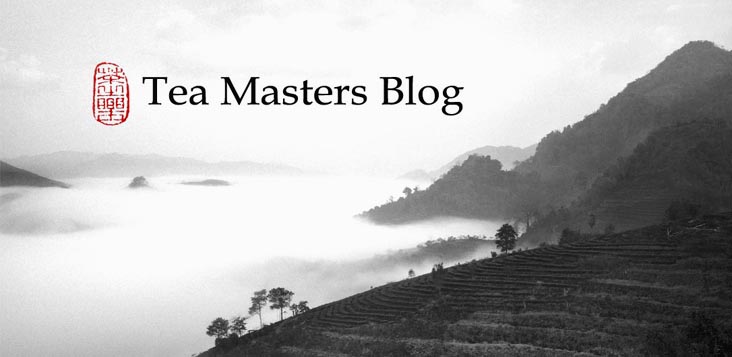"Dear Stephane,
I had been drinking and enjoying the Shan Lin Shi oolong tea (“won” in your contest), each time using a small Yixing pot...but yesterday, for the first
time, I prepared it in a Gaiwan.
The result was one of those memorable tea moments, a sudden awakening
to a new experience. I was flooded with impressions, shocked by how much I’d been missing with
all my previous brews. Probably quite personal and subjective, but a beautiful
mix of scents followed: nutmeg, cloves, eau de cologne and tea biscuits. The
same followed through in taste, with a soft, melon-like sweetness
and a faint touch of salt. Instead of becoming flatter with each round, the tea
gained depth, body, and flavour though a number of infusions.
I don’t know what to conclude, but maybe after several tastings, I became
more attuned and open to this tea...or perhaps the Yixing pot I’d used was really not right for the tea. Either way, I
hope you don’t mind my sharing the long story!
Best regards and bonne vacance,
Elisabeth
ps. the tea even reminds me of these orchids, which smell like cloves in
the evening."
Dear Elisabeth,
Thank you for sharing your perfect tea cup with us. Both explanations are possible. Maybe it's the teapot that was no good fit for this kind of tea. It's also possible that the pack of 150 grams of Oolong lets you make sufficient trials and errors and that you know now better how to prepare these leaves. To learn brewing, it's sometimes good to always brew the same tea again and again and see how small changes impact the taste. It's important to pay attention to how you are brewing and notice what action caused what change in the taste.
The best way to know if it's the teapot or your technique that caused this perfect cup is to try again with the teapot.
Cheers,
Stéphane





























































